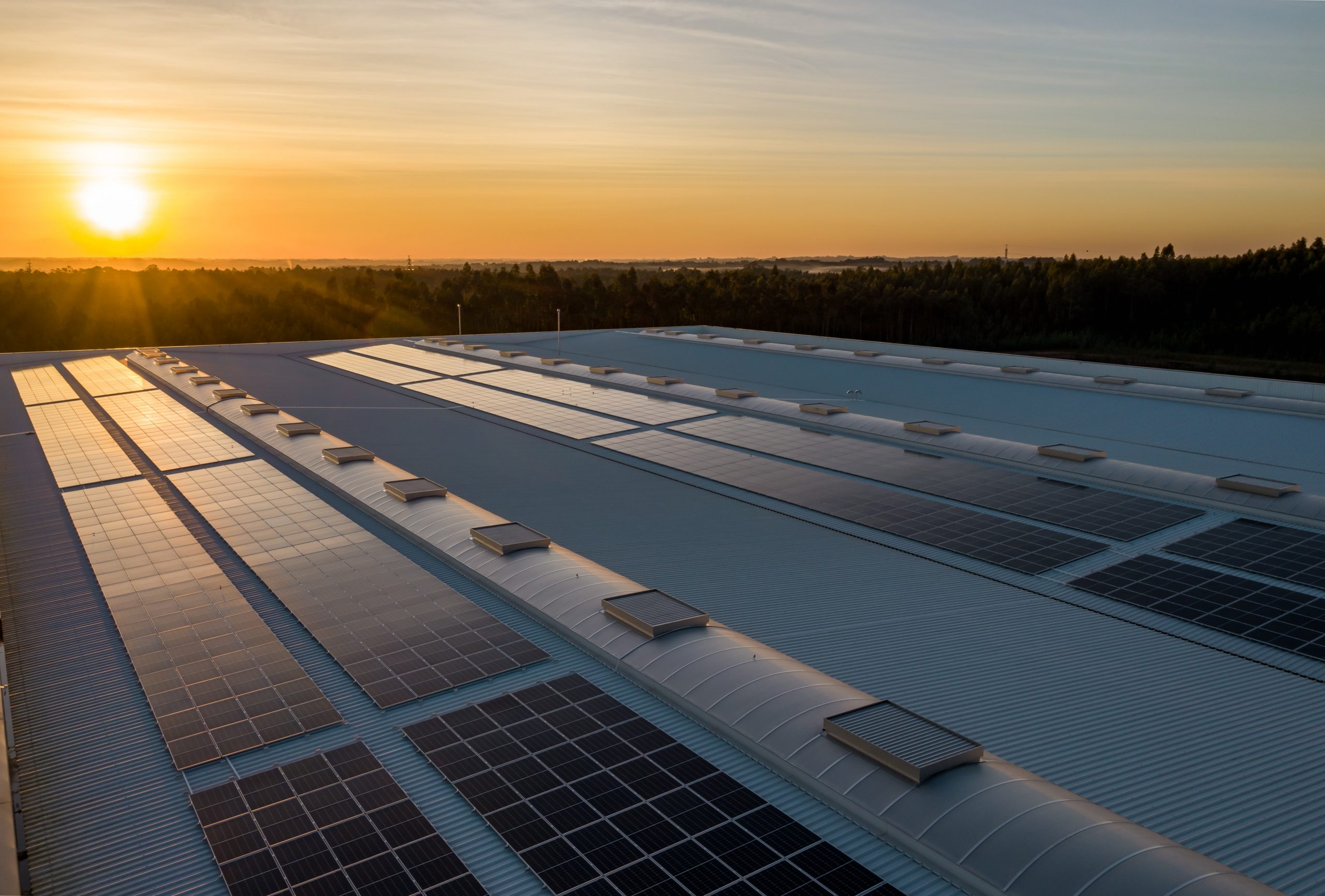The Australian renewable energy industry is growing for both residential and commercial use. The total energy generated through renewable energy sources has increased by almost 5% in 2021 when compared to 2020. This is just the beginning as it is expected that 69% of Australia’s main grid will be supplied by renewable energy sources by 2030. For residential uses, there were 389,577 rooftop solar installations in 2021. Australian households also installed 40,415 small-scale batteries in 2021, a strong increase from the 23,796 batteries installed in 2020.
As new technology is adapted to residential homes, and industrial and commercial buildings, the fire safety aspect of renewable energy sources is being questioned. In particular, solar panel systems cause fire safety challenges for buildings. While fires could start from faults in a solar cell, the risk of fire spread is evident as the fire can spread through the panels and eventually inside the building. The smoke generated from solar panel fires can circulate through the building air supply, increasing the risk of smoke exposure for the building occupants during evacuation. Therefore, it is important to evaluate the risks with fire protection systems for buildings.
A cost-benefit analysis of having a building-attached solar panel system and a building-integrated solar system should be up for question. With the increasing demand for renewable energy, it is important to engage fire engineers to evaluate the risks associated with solar panel systems to maximise the benefit and minimise the risks involved in the project.
Here at Sotera, we are ready to help. Contact us on 07 5562 0022.
At Sotera we are committed to incorporating practical and cost-effective fire safety solutions in the early stages of project design. We would love the opportunity to assist with your project, so get in touch with us at either of our offices in Brisbane or Gold Coast.

